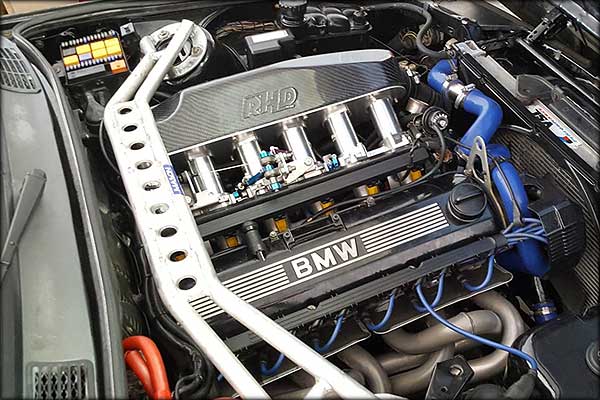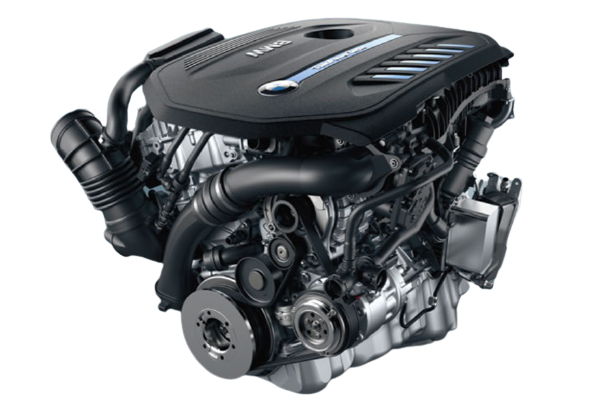Discovering the Advancement of Burning Engines in Modern Transport Equipments
As we navigate the landscape of modern transport, the evolution of combustion engines stands as a testament to human resourcefulness and engineering prowess. The interplay of background, modern technology, and environmental concerns in shaping the trajectory of combustion engines creates a story that is both informative and engaging.
Very Early Beginnings of Combustion Engines
Just how did the idea of burning engines first emerge in the early phases of transport growth? The origins of combustion engines can be traced back to the 17th century when the concepts of interior combustion were very first checked out. In 1673, Christian Huygens conceived a fundamental inner burning engine that utilized gunpowder to produce power. Nonetheless, it wasn't till the late 19th century that useful applications of burning engines in transportation started to emerge.
The breakthrough moment featured the innovation of the very first effective gasoline-powered engine by Karl Benz in 1885 - bmw engine. This engine paved the way for the advancement of the contemporary auto, transforming transport systems worldwide. Subsequent technologies by Nikolaus Otto and Gottlieb Daimler better refined combustion engine innovation, resulting in the mass production of vehicles and the fast growth of the transport sector
These very early combustion engines were identified by their simpleness and effectiveness, laying the foundation for the facility and powerful engines made use of in modern-day transportation systems. The advancement of burning engines has contributed fit the way we take a trip and transport items, marking a significant landmark in the history of transportation development.
Transition to Internal Burning Modern Technology
The transition to interior burning technology marked a pivotal change in the advancement of transportation systems. This change began in the late 19th century, with inventors like Nikolaus Otto and Gottlieb Daimler establishing the very first successful interior combustion engines. These engines reinvented transport by using a more effective and reliable option to steam engines and electric motors.
Among the key advantages of internal combustion engines was their capacity to be reduced to match automobiles, causing the growth of motorcycles and vehicles. This shift from bulky, stationary engines to compact, mobile ones paved the means for the modern transportation systems we see today.
The transition to internal burning technology also spurred innovations in gas modern technology, resulting in the development of gasoline and diesel as main gas sources for vehicles. This shift not only made transport much more accessible to the masses however likewise laid the foundation for the oil and gas sector to come to be important to international economic climates.
Influence of Combustion Engines on Transportation
The adoption of burning engines in transport systems catalyzed a profound change in the efficiency and rate of worldwide wheelchair. Burning engines transformed transport by supplying a trustworthy and versatile source Recommended Site of power for numerous vehicles, including cars, vehicles, ships, and planes. This technology considerably improved the capability for individuals and items to conform fars away in shorter timespan, causing boosted connection between regions and countries.
Furthermore, the prevalent use burning engines has actually had a considerable effect on financial growth. The ability to transfer goods efficiently has actually stimulated trade and commerce, enabling businesses to increase their markets and get to consumers worldwide. This has assisted in financial growth and globalization, as items can currently be transported much faster and in bigger quantities than ever previously.
Nonetheless, the ecological impact of burning engines can not be forgotten. The combustion of nonrenewable fuel sources has actually led to air pollution and greenhouse gas exhausts, contributing to environment change and posturing health and wellness risks to populaces. bmw engine. Therefore, there is a growing focus on developing different propulsion technologies to mitigate these adverse impacts and develop a much more lasting future for transport
Developments in Burning Engine Layout
One noteworthy innovation is the development of turbocharged engines, which use exhaust gases to drive a turbine that presses inbound air, permitting for more gas to be burnt, resulting in increased power result without a significant boost in engine dimension. Variable shutoff timing systems have actually additionally changed engine layout by enhancing air flow at various engine speeds, enhancing both power and efficiency. These technologies jointly contribute to the continual enhancement of combustion engines in contemporary transportation systems.
Future Fads in Combustion Engine Development
With technology innovations driving constant advancement, the future of combustion engine growth is poised to reinvent transportation systems globally. Among the essential patterns in combustion engine development is the push towards better performance and lowered exhausts. Suppliers are spending heavily in r & d to enhance engine efficiency while fulfilling stringent ecological regulations. This includes the combination of innovative fuel injection systems, boosted turbocharging methods, and the usage of light-weight products to maximize gas consumption try this out and lower carbon emissions.
Another noticeable trend is the fostering of crossbreed modern technologies in burning engines. Hybrid engines incorporate standard combustion modern technology with electric power, providing enhanced gas efficiency and reduced exhausts. As the auto market changes in the direction of electrification, hybrid look what i found combustion engines are seen as a transitional option that links the gap in between standard vehicles and completely electrical ones.
Additionally, the assimilation of wise innovations, such as man-made intelligence and data analytics, is anticipated to play a significant role in the future of combustion engine development. These technologies can optimize engine performance in real-time, resulting in extra effective burning procedures and boosted total car efficiency. Accepting these future trends will not only drive technology in combustion engine development however likewise add to an extra lasting and eco pleasant transportation community.

Verdict
In conclusion, the evolution of burning engines in contemporary transport systems has been marked by significant improvements in modern technology and design. From the early beginnings of burning engines to the shift to interior combustion technology, these engines have actually had a profound impact on transportation.
The origins of burning engines can be mapped back to the 17th century when the concepts of interior combustion were first discovered. These engines reinvented transportation by using a much more powerful and reliable alternative to vapor engines and electric motors.
